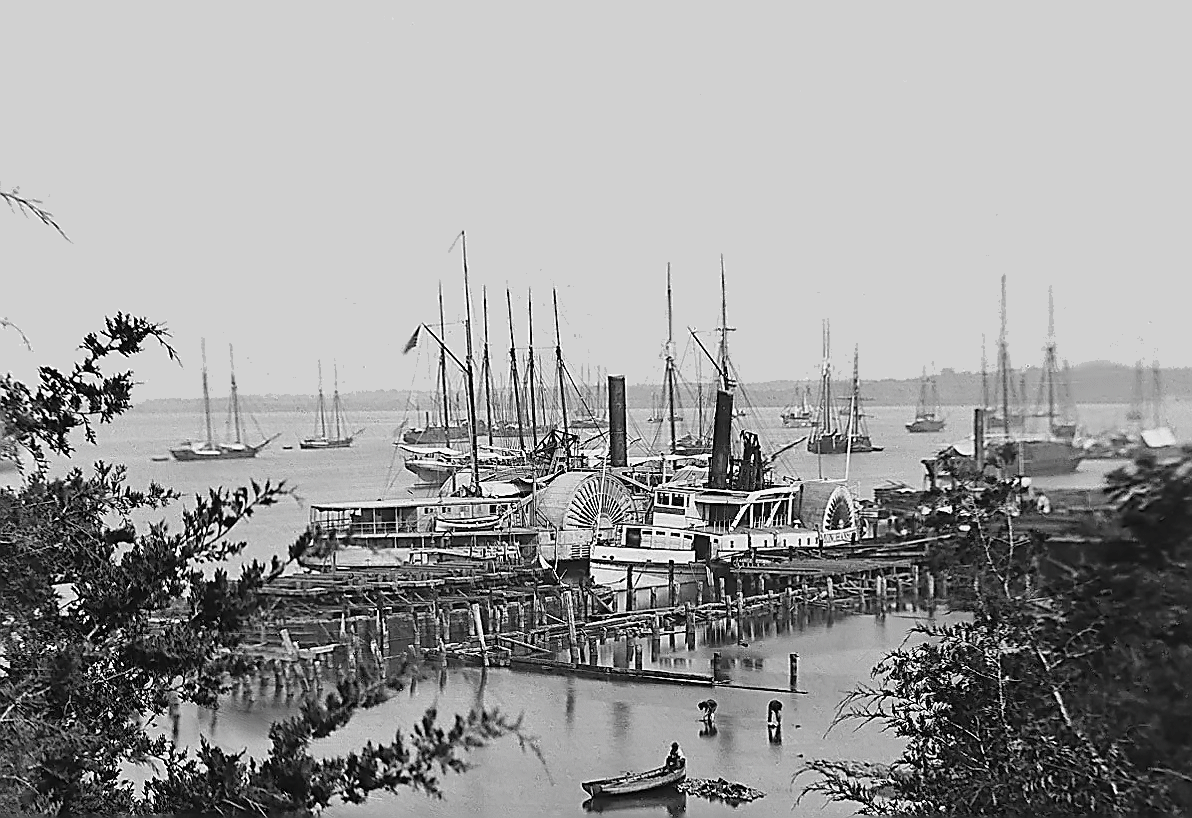In May and June 1864, during Union Gen. U.S. Grant’s bloody Overland Campaign in Virginia, photographer Egbert Guy Fowx took a remarkable series of glass plate negatives with four images on each plate. But instead of using a four-lens device typical of the era, Fowx used a rotating lens device, exposing each image seconds apart to create four sequential photos of the same scene.
It is unknown why Fowx did this, but his plates give us the ability to create actual Civil War photographs with motion. Below are eight of the 25 sequential photographs by Fowx that exist in the Brady Collection at the National Archives in the 111-B record group. The animations were created by CCWP member Steve Woolf after he meticulously restored each image.
Fowx took these photos at Belle Plain, White House Landing, City Point and other locations, traveling south as he paralleled Grant’s movements, never more than 20 miles from the front lines. In some of the most remarkable scenes, steamers come and go at the lower wharf at Belle Plain Landing, a thick column of soldiers march off the wharf at Belle Plain, Confederate prisoners banter at the Belle Plain prison camp and hundreds of freed slaves, or “contraband,” trudge across a wharf and onto a transfer barge at Port Royal, Va.
National Park Service historian Noel Harrison discovered the sequential nature and animation potential of these four-image plates around 2003, soon after the Archives made digital reproductions from its “Brady Collection” of some 6,000 Civil War photographs available online.











